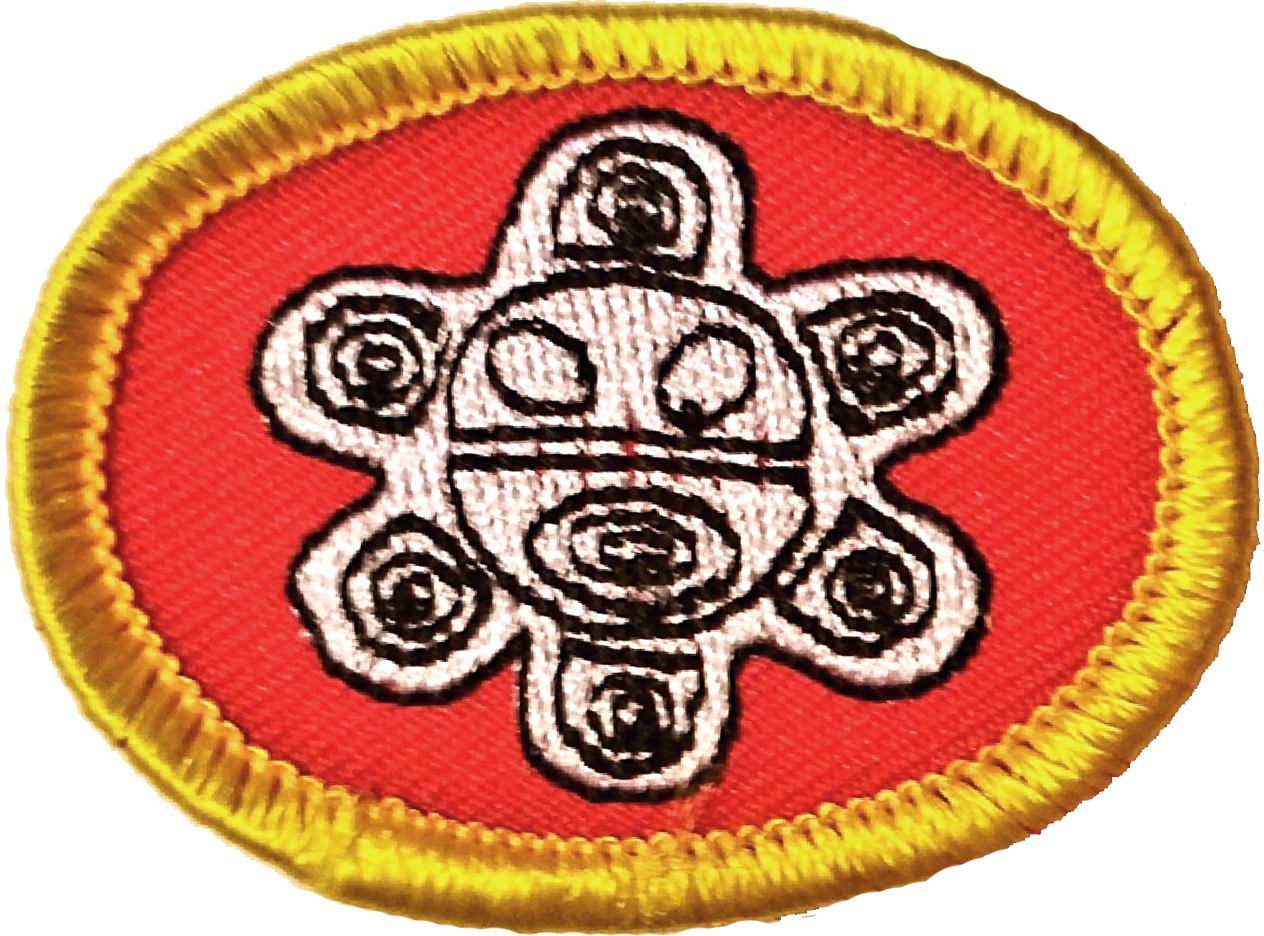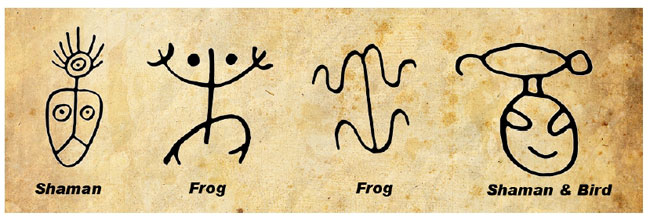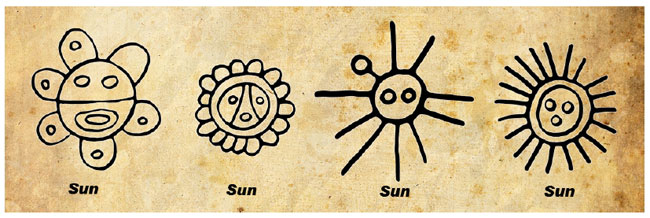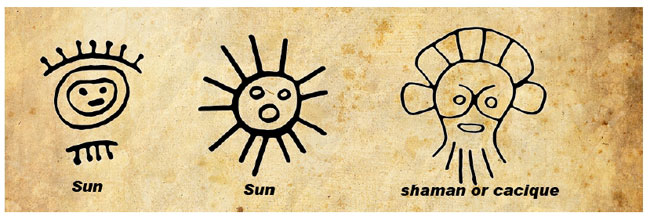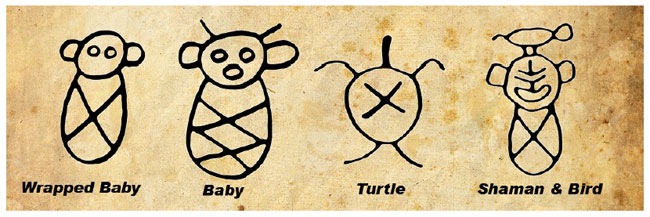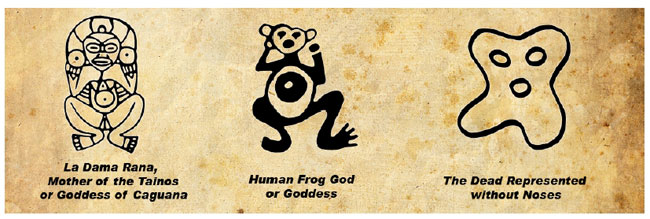Difference between revisions of "AY Honors/Taíno Culture/Answer Key"
m |
|||
| (One intermediate revision by the same user not shown) | |||
| Line 1: | Line 1: | ||
{{HonorSubpage}} | {{HonorSubpage}} | ||
| − | <section begin="Body" /> | + | <section begin="Body" /> |
{{ansreq|page={{#titleparts:{{PAGENAME}}|2|1}}|num=1}} | {{ansreq|page={{#titleparts:{{PAGENAME}}|2|1}}|num=1}} | ||
<noinclude><translate><!--T:61--> | <noinclude><translate><!--T:61--> | ||
| Line 344: | Line 344: | ||
[[Category:AY Honors/noindex{{GetLangSuffix}}|{{SUBPAGENAME}}]] | [[Category:AY Honors/noindex{{GetLangSuffix}}|{{SUBPAGENAME}}]] | ||
| − | |||
| − | |||
{{CloseHonorPage}} | {{CloseHonorPage}} | ||
Latest revision as of 18:52, 2 January 2023
1
1a
1b
You can visit the Caguana Ceremonial Ball Courts Site in Utuado, the Tibes Indigenous Ceremonial Center in Ponce, the Indigenous Museum in the Science Park of Bayamón, the Las Américas museum in the Ballajá Barracks of Old San Juan, and others that have extensive representation of the Taíno culture.
2
2a
It means "the oldest" in reference to the first indigenous people who inhabited the island of Puerto Rico hundreds of years ago. After the archaics, the Taíno culture was established.
2b
Name that was given to the villages. It was a community of huts; a Taíno aboriginal home.
2c
Chief of the yucayeque.
2d
The house of the cacique.
2e
Farm or area dedicated to agriculture.
2f
Medallion or special adornment worn by the cacique on his chest.
2g
Name of the annatto plant used for coloring.
2h
Small skirt for the married Taíno women.
2i
Religious holiday or feast of the village.
2j
Warriors, distinguished class with leadership roles.
2k
Priest and healer.
2l
This was the working class.
2m
Indigenous wars.
2n
Dog that can't bark.
2o
An extinct Arawak people formerly inhabiting the Greater Antilles and the Bahamas. The word "taíno" meant "noble, lord."
3
| Mamey | Papaya | Tamarind | Soursop |
| Cassava | Sweet potato | Peanuts | Corn |
| Frogs | Fish and sea turtles | Iguana meat | Hutias (a species of squirrel) |
| Pineapple | Guava | Chili pepper | Blue land crabs |
4
Some caciques were:
5
- Dark, elongated eyes
- Wide, flattened nose
- Copper-colored skin
- Short
- Stocky and well-built body.
- Straight, black hair
- They had no beard or mustache
6
A petroglyph is a drawing made in stone that represents the images of their gods or their beliefs. Below are some examples from the Taíno culture.
You can find more symbols here.
7
- Guayo: grater made of palms and stones to grate
- Burén: Large clay plate for cooking cassava
- Guariquitén: Clay container to knead the cassava
- Dujo: Throne or special seat of the caciques
8
- They believed in many gods, they were polytheists
- The ceremonies were conducted by a bohíque (priest or shaman)
- Its main god was "Yocahú", a protector god who lived in "turey" (heaven)
- They represented other minor gods through "zemis"
- In many of the "zemies" they placed pieces of bones of famous warriors or chieftains
- They believed in evil gods like "Juracán", god of the cyclone winds
- They believed that people got sick from the presence of evil spirits
- They believed in life after death; when someone died, they placed pots of water and food, and personal items on the grave, to use in the afterlife
- When the chief died, he was given a very special burial, and his favorite wife was buried alive next to the chief; this act was considered an honor
9
Review the beliefs and comment on them. It can enhance the reality that the concept of "god" has reached all parts of the world. Religious life is part of social and family life. When there are no noble guidelines and principles, religion takes human forms, full of superstitions as in indigenous cultures. Christianity is based on the love of God - The Creator, His mercy and forgiveness, and His hope in a new life. Many of these concepts are found in indigenous beliefs: hope, life after death, reward in the hereafter, and faith in rituals, among others.
10
In much of the Caribbean Spanish lingo, these words are still used:
| Hamaca | Macana | Juey | Batea | Barbacoa |
| Cabuya | Güiro | Bohío | Camuy | Yuagua |
| Yagua | Taíno | Batey | Canoa | Yuca |
| Jíbaro | Tereque | Guarapo | Maraca | Guayo |
| Iguana | Sabana | Enagua | Chin |


